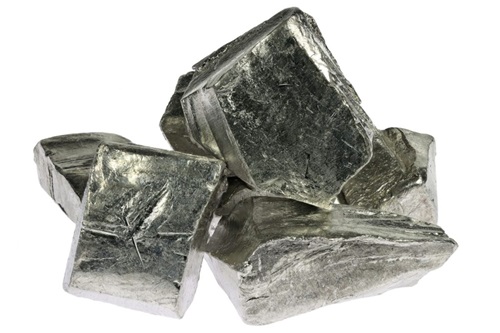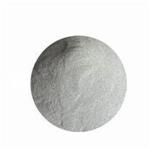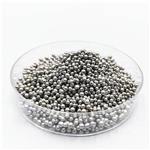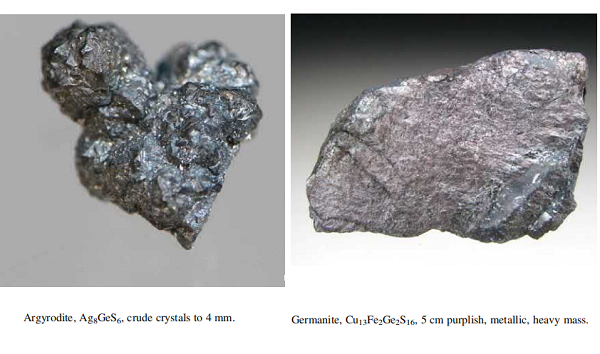Indium: Sources and Uses
Indium is the 68th most abundant element in Earth’s crust at about 50 ppb. This is comparable to the crustal abundance of Ag, Bi, and Hg. It hardly ever forms its own minerals or occurs in elemental form.

Sources of Indium
Only a few indium minerals such as roquesite (CuInS2) are known, and none occur at high-enough concentrations for economic production. Instead, indium is generally a trace component of more common ore minerals, such as sphalerite (ZnS) and chalcopyrite (CuFeS2). From these minerals, it can be isolated as a by-product during smelting. Even though the enrichment of indium in these ore deposits is high relative to its crustal abundance, it is not enough, at current prices, to support winning of indium as the main product. Indium is obtained solely as a by-product during the processing of the ores of other metals. Its main source material consists of sulfidic zinc ores, where it is mostly hosted by sphalerite (ZnS). Minor amounts are possibly also produced from sulfidic copper ores. During the roast-leach-electrowinning process steps of zinc smelting, indium is accumulated in the iron-rich residues. From these residues, it can be isolated via different processes.
Additionally, it may be recovered straight from the process solutions. Further purification is performed through electrolysis. The exact method varies with the mode of operation of the smelter. China is the top producer of indium, followed by South Korea, Japan, and Canada.
Uses of Indium
In 1924, In was found to stabilize nonferrous metals, and that developed into the first major application. The first large-scale use for In was coating bearings in high-performance aircraft engines during the Second World War, to shield against damage and corrosion; currently this is no longer a key use of In. New applications were found in fusible alloys, solders, and electronics.
Back in the 1950s, tiny In beads were employed for the emitters and collectors of PNP alloy-junction transistors. In the mid- and late 1980s, the advancement of InP semiconductors and In-Sn oxide thin films for LCD resulted in growing interest. By 1992, the applications of thin films had grown into the leading end-use. In2O3 and In-Sn oxide (ITO) are utilized as transparent conductive coatings on glass substrates in electroluminescent panels. In-Sn oxide is also employed as a light filter in low-pressure Na-vapor lamps. The IR radiation is reflected back into the lamp, which raises the temperature within the tube and enhances the lamp’s performance. In has numerous semiconductor-related uses.
You may like
See also
Lastest Price from Indium manufacturers

US $6.00/kg2025-04-21
- CAS:
- 7440-74-6
- Min. Order:
- 1kg
- Purity:
- 99%
- Supply Ability:
- 2000KG/Month

US $4.00/KG2025-03-28
- CAS:
- 7440-74-6
- Min. Order:
- 1KG
- Purity:
- 99%
- Supply Ability:
- 20TONS


